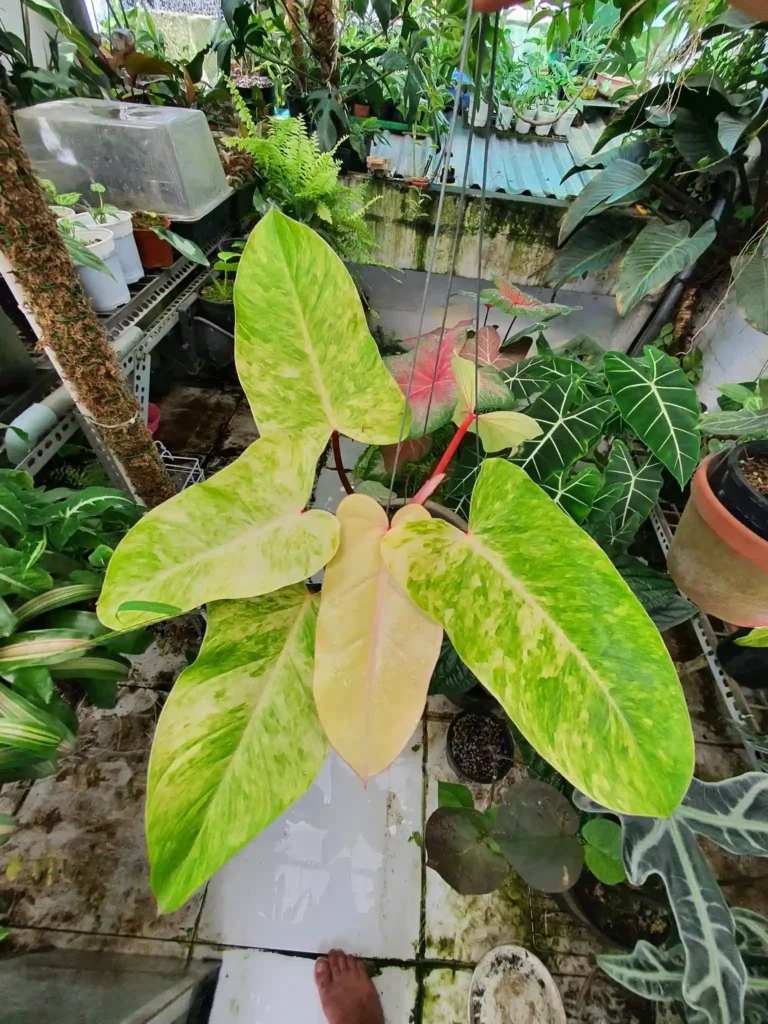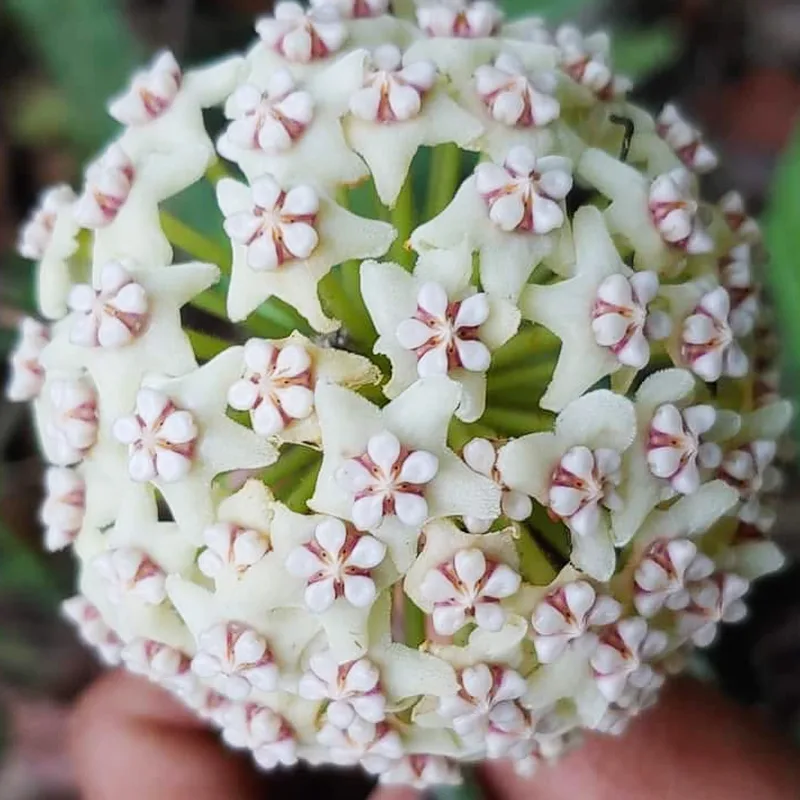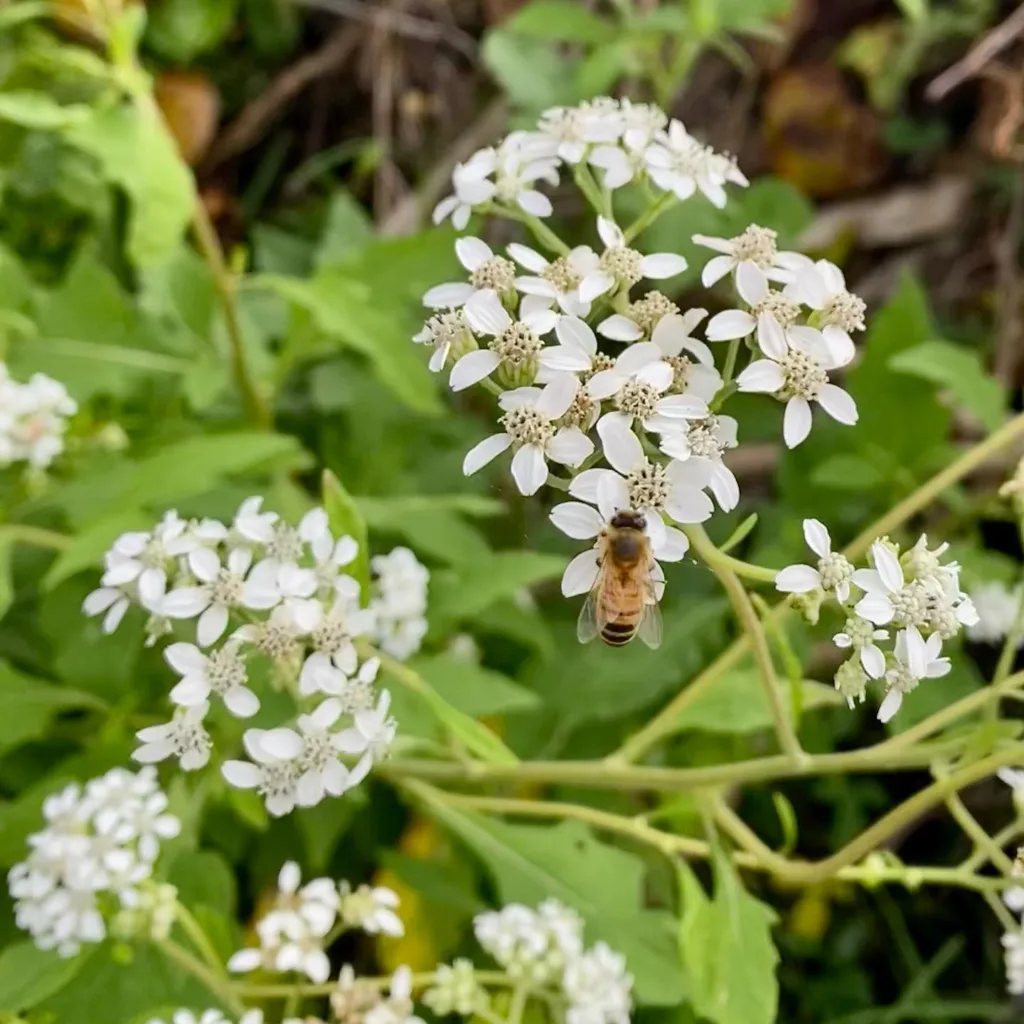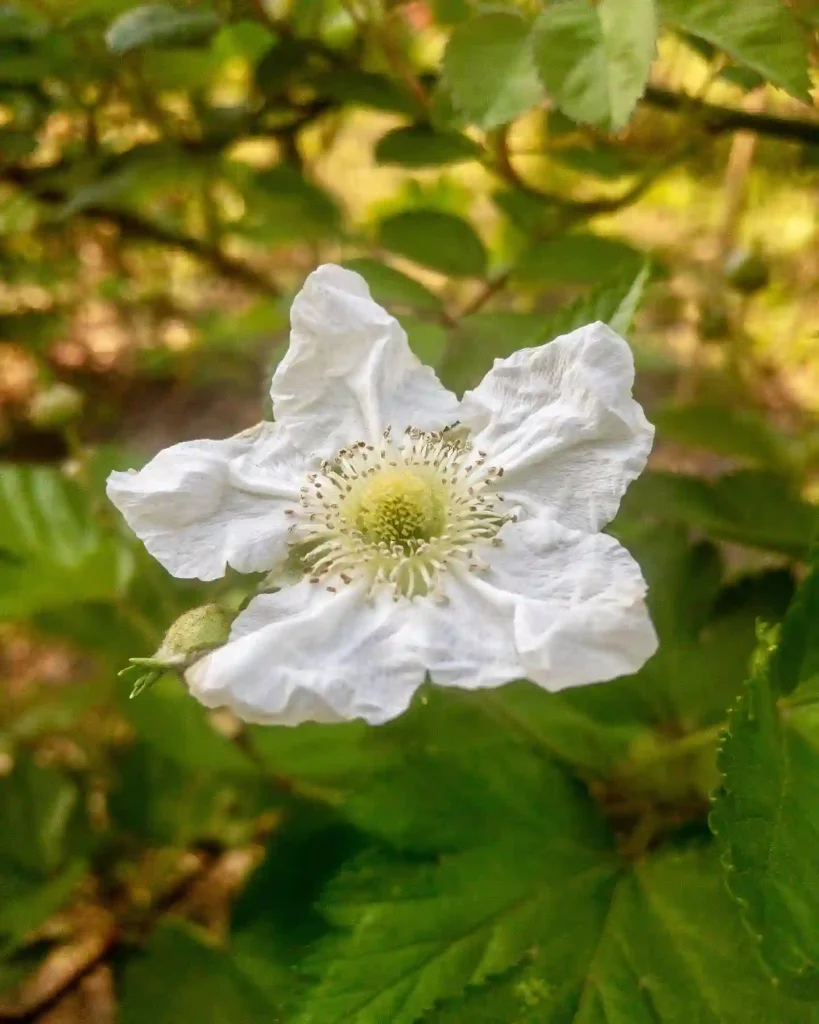The Allure of Abrus: Beauty and Danger Entwined
My name is Ferb Vu, and I’ve always been fascinated by the intricacies of the natural world. Lately, my interest has been captured by the genus Abrus, a group of plants that perfectly embodies the duality of nature – showcasing both exquisite beauty and potent danger.
Abrus is a genus of flowering plants belonging to the Fabaceae family, more commonly known as the legume, pea, or bean family. While comprising 13-18 species, the genus is most notorious for one member in particular: Abrus precatorius, commonly known as jequirity or rosary pea. This notoriety stems from the seeds of A. precatorius, which harbor abrin, a highly toxic protein.
A Diverse Genus with a Shared Trait
Despite their shared family ties, the Abrus species exhibit diversity in their forms and habitats. They are primarily found in tropical regions across the globe, including Africa, Asia, Australia, and the Americas. Some species, like A. precatorius, are known for their climbing tendencies, while others, such as A. pulchellus, maintain a more shrub-like appearance.
Here’s a list of Abrus species:
- Abrus aureus R.Vig.
- Abrus baladensis Thulin
- Abrus bottae Deflers
- Abrus canescens Welw. ex Baker
- Abrus diversifoliolatus Breteler
- Abrus fruticulosus Wall. ex Wight & Arn.
- Abrus gawenensis Thulin
- Abrus kaokoensis Swanepoel & Kolberg
- Abrus laevigatus E.Mey.
- Abrus longibracteatus Labat
- Abrus madagascariensis R.Vig.
- Abrus melanospermus Hassk.
- Abrus parvifolius (R.Vig.) Verdc.
- Abrus precatorius L. – Plant FAQs: Abrus Precatorius – Rosary Pea – Jequirity Bean
- Abrus sambiranensis R.Vig.
- Abrus somalensis Taub.
- Abrus wittei Baker f.
Regardless of their individual characteristics, all Abrus species share one common feature: their seeds. These seeds are typically small, round, and characterized by a striking coloration – most commonly a vibrant red with a black spot. This distinctive appearance has led to their use in jewelry and other decorative items. However, it’s crucial to remember that these seeds contain abrin, a ribosome-inhibiting protein that can be fatal if ingested or if the seed coat is broken.
The Duality of Abrus precatorius
Abrus precatorius, the most well-known species, perfectly exemplifies the contrasting nature of the genus. Its seeds, while visually captivating, are incredibly dangerous. Abrin, the toxin present in these seeds, is far more potent than ricin, another notorious plant toxin. Even a single chewed seed can be lethal.
Despite its toxicity, A. precatorius has a history of use in traditional medicine. In some cultures, it has been used to treat various ailments, including wounds, fever, and even cancer. However, the risks associated with its use far outweigh any potential benefits, and its medicinal use is strongly discouraged.
The Importance of Awareness and Respect
The genus Abrus serves as a potent reminder of the power and complexity of the natural world. While we can appreciate the beauty of these plants, it’s essential to acknowledge and respect their potential dangers. Awareness and education are crucial in preventing accidental poisoning and ensuring the safe coexistence of humans and these fascinating yet potentially harmful plants.
My exploration of the Abrus genus has been a journey of discovery and caution. It has deepened my appreciation for the intricate balance within nature and reinforced the importance of informed appreciation. The allure of Abrus lies not only in its visual appeal but also in the lessons it offers about the delicate interplay between beauty, danger, and respect for the natural world.
If i die, water my plants!



